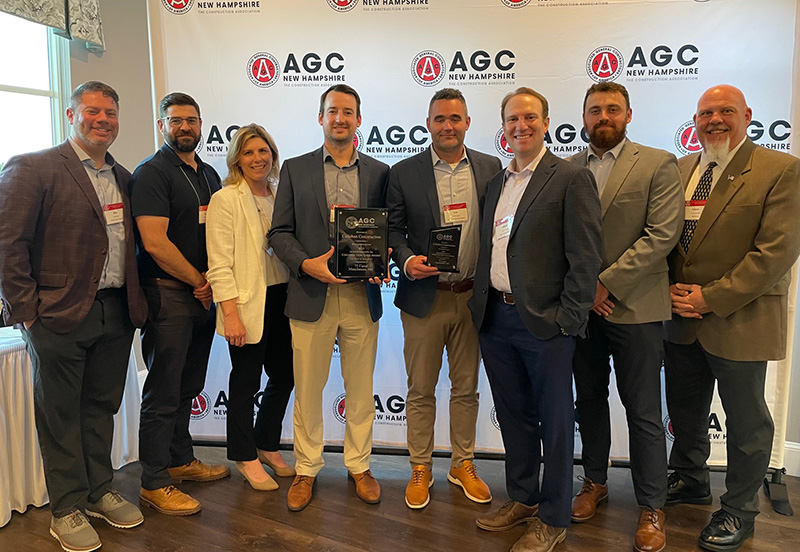Construction safety: Four keys to a safe and successful project - by Steve Harris

Jewett Construction
It’s no secret that the construction industry has a reputation for having some of the most precarious and dangerous work environments. Companies must make safety a top priority to prepare themselves and every jobsite for almost any potential unsafe or hazardous situation.
A culture of safety requires commitment from leadership that must exist through every level of the company. This will make sure necessary resources are available and prevention measures are in place to better prepare the project and workers before even a shovel breaks the ground. Each project and jobsite presents a different set of challenges and unique variables. Recognizing these variables before the project begins will ensure that the correct training and protocols are utilized regardless of what situation may result. A construction manager must be committed to the personal safety of not only its own employees, but also to its subcontractors and anyone else who walks on the jobsite.
At Jewett Construction, our Best in Class 4EverSafe program consists of four specific points:
1. Management Commitment and Employee Involvement
An experienced management team should be leading the way by setting policies, assigning and supporting responsibility and involving employees in the process to guarantee a well-informed team. It’s about knowing the risks and routinely taking preventative measures so that accidents do not happen.
2. Worksite Analysis
Field staff and superintendents need to actively engage in continuous vigilant daily analysis and reporting of the worksite to identify, abate and eliminate potential hazards. They must hold daily meetings, trainings and report on the jobsite to ensure safety.
3. Hazard Prevention and Control
Employees and subcontractors should be required to know and comply with all safety rules established by OSHA and the federal, state and local governments. Encourage other contractors to take it a step further by implementing their own initiatives, which prevents and controls hazards on all occupied sites.
4. Training for Employees, Supervisors and Managers
Make sure managers, supervisors, and employees are trained to understand, control, and prevent hazards. Specific topics, equipment and materials pertaining to the daily duties of that particular jobsite will be recognized and should include formal training scheduled to OSHA standards.
We’ve implemented our 4EverSafe Program into every aspect of each job, from planning to pre-construction, to punch lists and closeouts. Our focus on safety puts clients at ease and no project is considered a success unless it is performed safely and accident free.
Steve Harris is a field operations manager at Jewett Construction Co., Inc., Raymond, N.H.
Nobis Group awards Robinson and Moreira STEM scholarships

Careers in Construction Month focus on training and safety - by Joe Camilo

Ask the Electrician: Is summer a prime time for commercial electrical maintenance?

The rise of incubators and co-working spaces: The latest in life sciences - by Matt Combs









